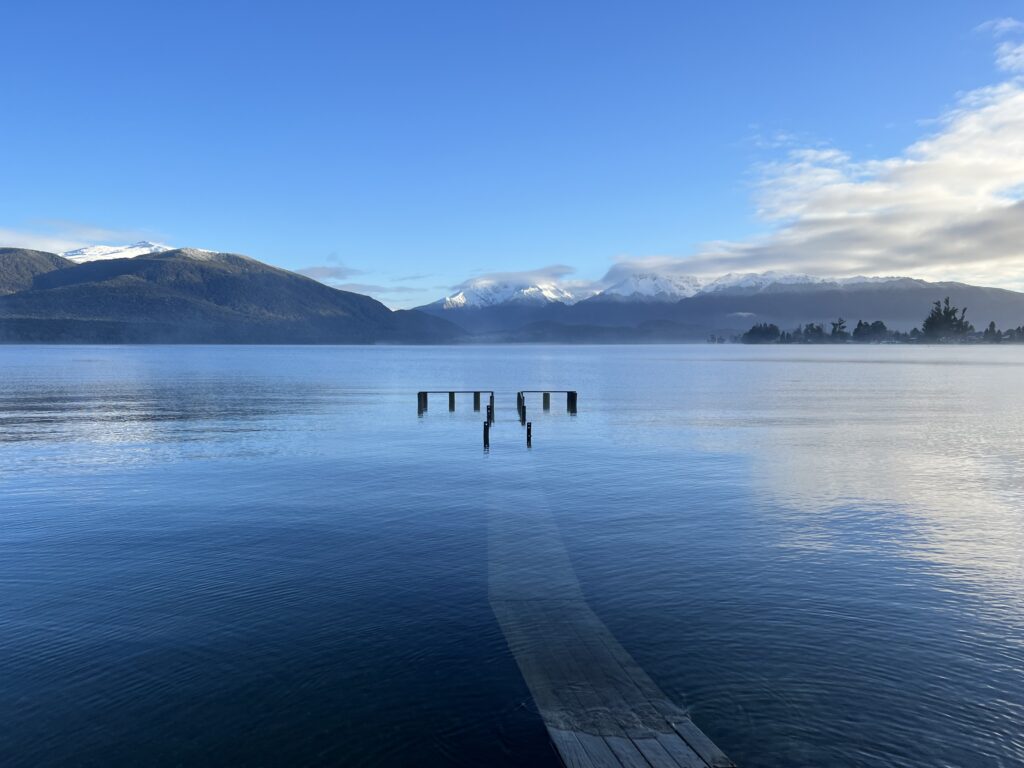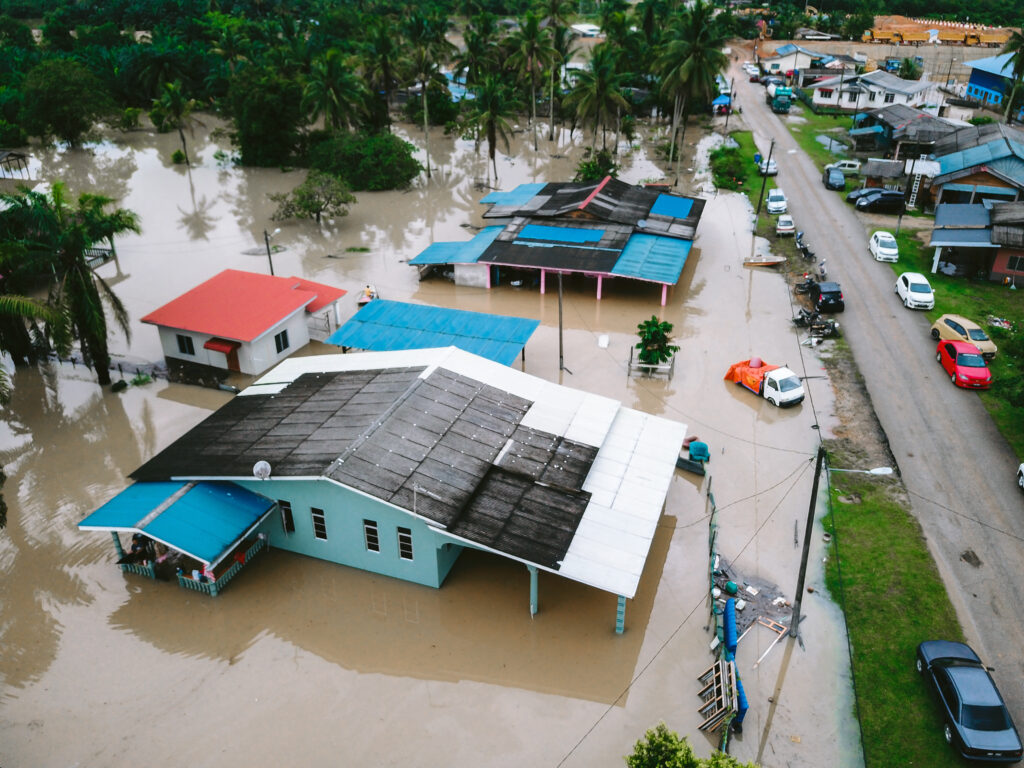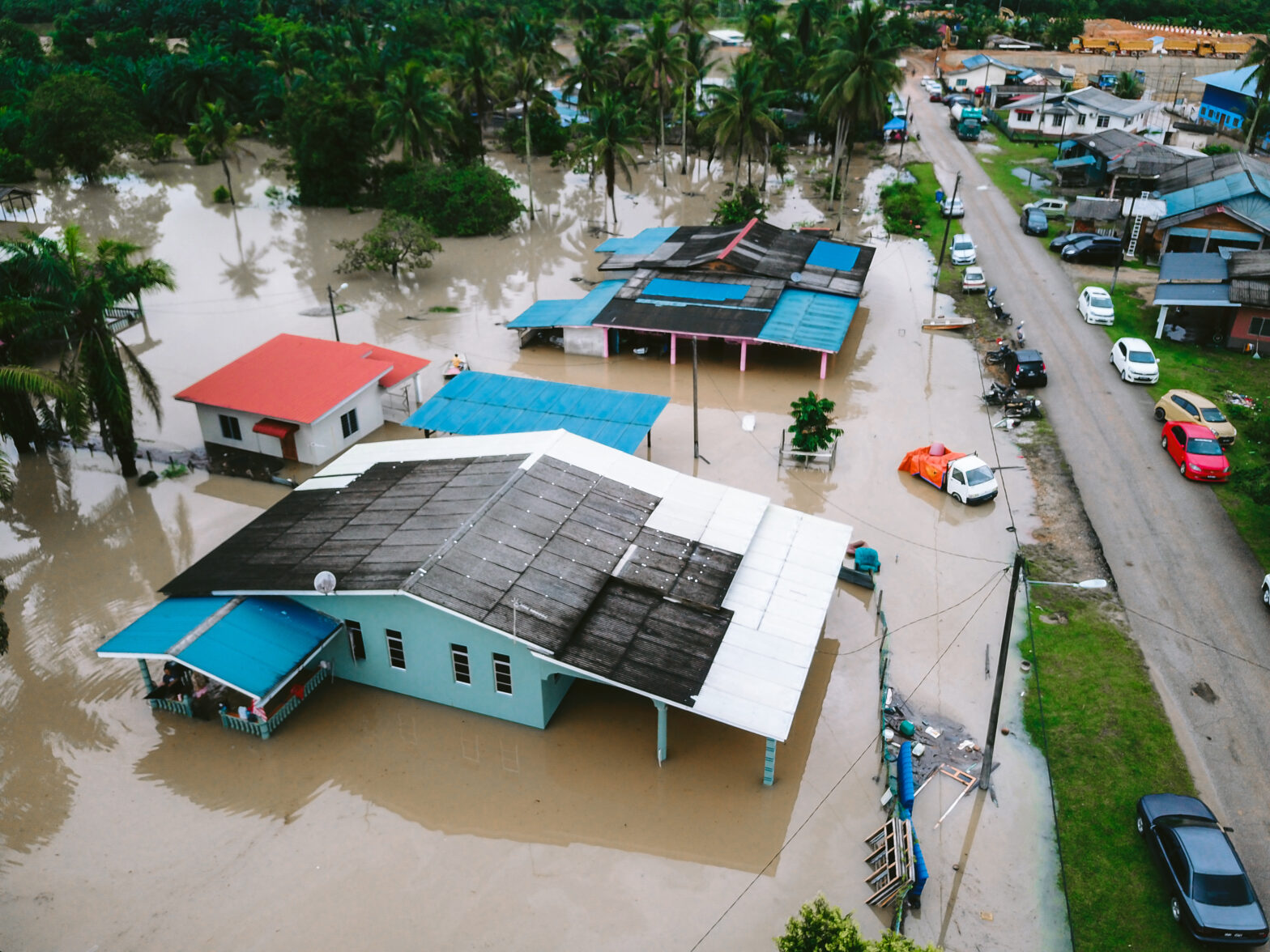Death Valley National Park, known as America’s driest and hottest national park, has been closed for over two weeks. Despite its reputation for extreme heat, it’s not the scorching temperatures that have forced the closure, but rather a surprising cause – heavy rain. The park, which receives an average of only 2.2 inches of rain per year, experienced a record-breaking 2.2 inches of rain in a single day due to the remnants of Hurricane Hilary. The resulting flooding has caused extensive damage to roads and facilities, requiring significant repairs. This is the second year in a row that the park has faced closure due to flooding, leaving the duration of this closure uncertain. While visitors will have to wait to explore Death Valley, Joshua Tree National Park remains open as an alternative destination.

Death Valley National Park Closure
The closure of Death Valley National Park has occurred due to the recent impact of Hurricane Hilary and the subsequent flooding damage. This closure has had significant repercussions for visitors and the ongoing repair and restoration efforts within the park.
Reason for Closure
The primary reason for the closure of Death Valley National Park is the severe flooding caused by heavy rainfall. As America’s driest national park, Death Valley receives only an average of about 2.2 inches of rain per year. However, on August 20, 2023, the park experienced an unprecedented 2.2 inches (55.88 mm) of rain in a single day, making it the wettest day ever recorded at Furnace Creek within the park. This excessive rainfall resulted in extensive damage to roads and trails throughout the park, rendering them unsafe for visitors.

Impact of Hurricane Hilary
Hurricane Hilary, though no longer an active hurricane, had residual effects that greatly impacted Death Valley National Park. The heavy rainfall from the remnants of the storm caused significant damage and debris on the park’s roads. The fragile landscape of Death Valley, already challenged by its arid conditions, suffered further deterioration due to the excessive rain. Undercutting and pavement loss were observed on major roads within the park, making them impassable and hazardous.
Repeat of Flooding Damage
The closure of Death Valley National Park is not an isolated incident. In August 2022, the park experienced record-breaking rainfall, resulting in a previous closure. During that closure, extensive repairs were made to roads, trails, and facilities. Unfortunately, the recent storm caused further damage, particularly in the backcountry areas, requiring additional repair work to be undertaken. The repeated occurrence of flooding damage highlights the vulnerability of the park’s infrastructure to extreme weather events.

Current Closure Status
As of now, there is no definite timeline for the reopening of the roads within Death Valley National Park. The widespread debris on the roads and the significant pavement damage caused by the storm’s impact have made it challenging to determine when it will be safe for visitors to return. In the meantime, visitors seeking an alternative national park option may consider Joshua Tree National Park, located to the south of Death Valley.
Alternative National Park Option: Joshua Tree National Park
While Death Valley National Park remains closed, travelers interested in exploring a desert landscape can consider visiting Joshua Tree National Park. Unlike Death Valley, Joshua Tree National Park is currently open to the public. However, it is essential to note that a fire ban is currently in place within Joshua Tree National Park, as wildfires can pose a significant threat to the dry desert environment.
Importance of Death Valley National Park
Death Valley National Park holds a unique place within the National Park system due to its distinction as the driest national park in the United States. With its average annual rainfall of only 2.2 inches, the park showcases a truly arid and extreme environment. Additionally, Death Valley is widely known as the hottest place on Earth, making it a remarkable destination for those interested in experiencing extreme climates and landscapes.
Background Information on Death Valley National Park
Death Valley National Park’s closure due to flooding is rare, given its typical arid climate. The park’s average annual rainfall of 2.2 inches sets it apart from other national parks in the United States. This minimal precipitation, coupled with its unique landscapes and features, including the iconic salt flats and towering sand dunes, attracts visitors from around the world.
Conclusion
The closure of Death Valley National Park has had a significant impact on visitors and the ongoing repair and restoration efforts within the park. The unprecedented rainfall from the remnants of Hurricane Hilary caused extensive damage to the park’s infrastructure, including roads, trails, and facilities. While the closure status remains uncertain, alternative options such as Joshua Tree National Park offer visitors the opportunity to explore a different desert environment. The closure highlights the importance of monitoring and addressing the vulnerability of national parks to extreme weather events.
Resources for Updates
For the latest updates on the closure and reopening of Death Valley National Park, visitors can refer to the official National Park Service website. Additionally, social media accounts related to the park and local news sources may provide valuable information regarding the status of the park and ongoing recovery efforts. It is crucial for visitors to stay informed through these channels to ensure a safe and enjoyable experience when the park eventually reopens.
